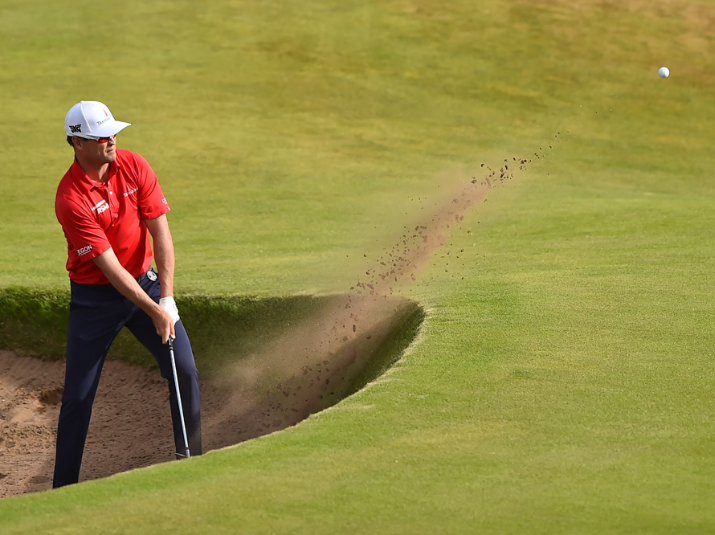You probably think of telephotos when you think about sports photography but let’s start by considering some shorter options.
If you’re more interested in shooting feature-style than action photography, where the emphasis is often on the face, then the 50mm f/1.8G is a serious contender – super-fast, lightweight and with gorgeous bokeh for defocused backgrounds to emphasise the subject, it’s great value if you’re on a budget, and superb in low light conditions such as indoor events. In fact, a classic 50mm lens is an invaluable addition to any photographer’s kitbag, ideal for a whole range of situations where you want something nifty and unobtrusive – street and travel photography, for example. Remember that, due to the crop factor on a DX sensor, the 50mm will give you an angle of view on a DX camera of around 85mm.
Talking of which, the 85mm f/1.8G is a fast medium-telephoto offering pin-sharp images with beautiful bokeh thanks to its shallow depth of field – ideal for sports portraiture and low-light photography in general, including indoor events. The compact, lightweight design makes it perfect for use on a DX camera (where it gives you an angle of view similar to 128mm), and at around a quarter of the price of its pro-spec, f/1.4G big (and heavier) brother, it’s excellent value.


